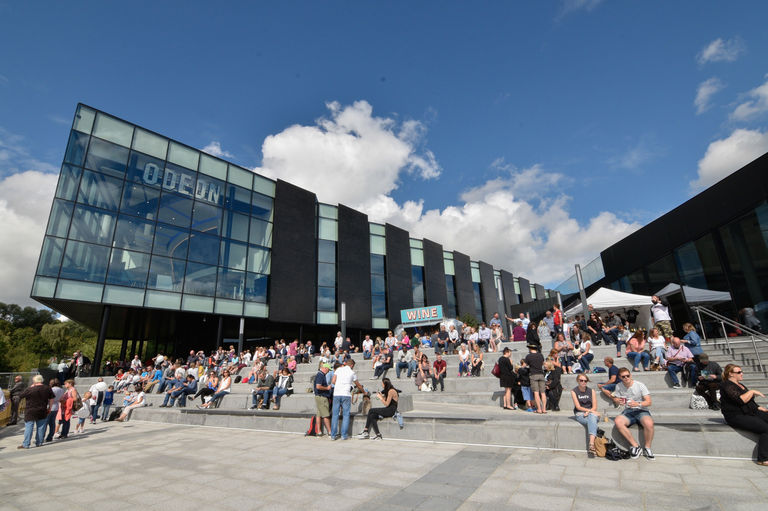人们提高了对这一需求的关注,并在所有渠道中传递一种地方感和不同的体验。零售商们很快就明白了这一点,并培育了他们的品牌体验,而商业设计师则不然。
Retail is a core component of mixed-use development as it attracts people and adds value to commercial and residential areas. Locations that focus on how people spend their free time and consider the customer experience in a holistic way beyond browsing and purchasing are the most successful.
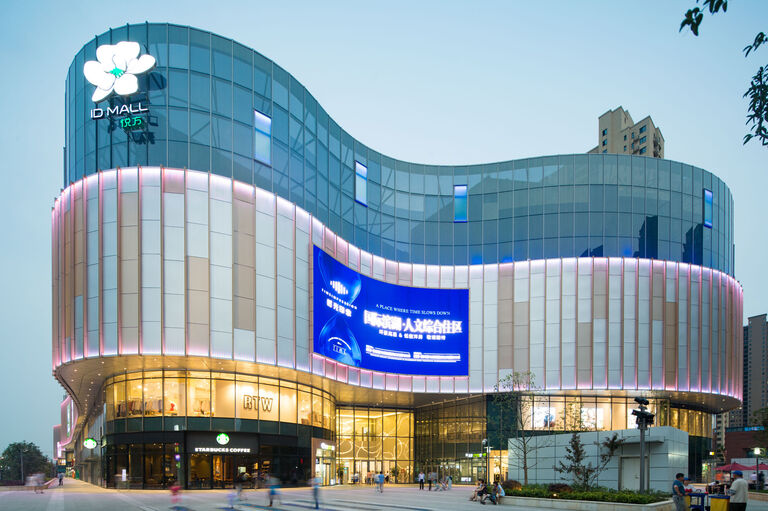
人口结构变化
在世界各地,人们以很高的速度进入城市。 他们在时间和可支配收入方面越来越富裕。人们正在向城市地区迁移,从医疗,教育,安全和繁荣中受益;而城市为人们现有的活动提供了机会和更广泛的选择。
这一点在亚太地区最为明显。在中国,中等收入(3.5万美元或更高)的人数增加了两倍。在印度,这个数字更是翻了一番。
非洲、拉丁美洲和东欧也在增长。时尚、技术、咖啡和餐饮品牌将是这一大笔支出的第一个受益者,因为可支配收入增加,人们在更好的产品、奢侈品和休闲上花费更多。这些类别符合人们对理想生活方式的描述,同时也满足了更多社会空间的需求。
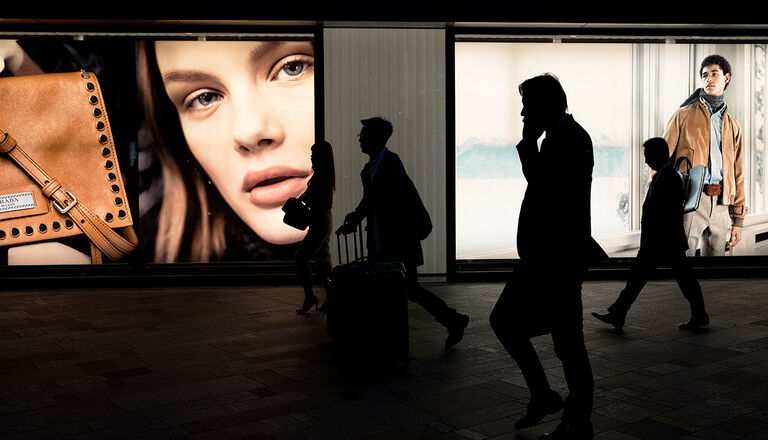
This progresses to increasing personalisation as the same demographic tires of the generic brand experience and hankers for the bespoke.
For North America and Europe rapid growth is less easy to find with a highly competitive transitioning of the mature market. This transition is difficult, with the economic infrastructure largely unchanged but a consumer that has transformed. The trend for bespoke and crafted products and experiences has not only emerged but consolidated, and there remains a continuous need to adapt and move ever quicker with the customer.
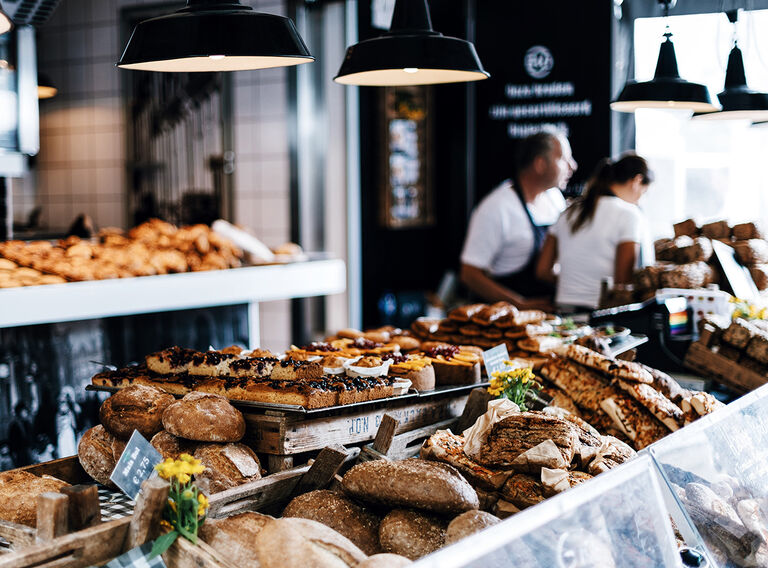
Global influences
The power of a brand to excite and interest consumers relies on creating a clear value proposition and building familiarity and increasingly personal relationships with the consumer. Brands are increasingly international thanks to technology and customer aspirations are no longer shaped by what is only available locally.
The retailer must be able to showcase their brand and deliver an experience both tailored to the shopper and in keeping with their global positioning. This has a large impact on the design and layout of spaces, from small concessions up to flagship stores. Flagship stores or Brand Centres should be the jewel in the crown for any retailer. They are more than a place to purchase the product. They should demonstrate how the product meets customer needs and deliver a unique experience that is true to the location.
These stores are often one of the main attractions for a retail environment. Securing their involvement can contribute hugely to the success of a scheme.
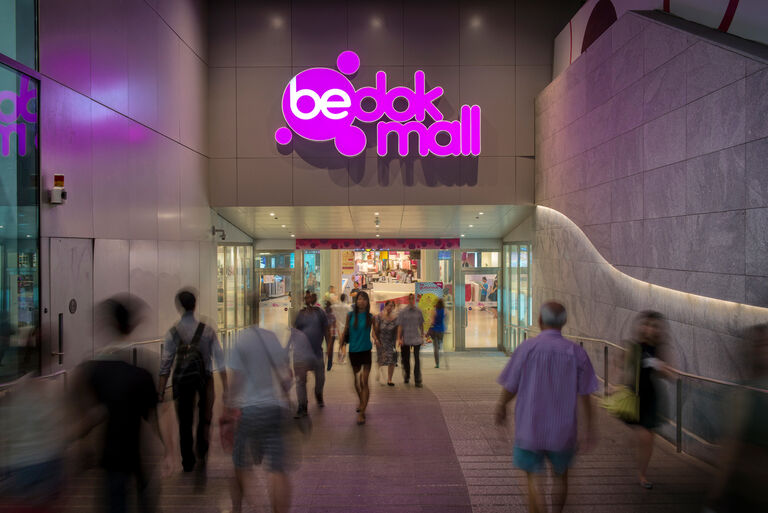
The smartphone generation
Commentators in the last decade have focused often on “Bricks v Clicks”. A decline in high street and mall performance over this time has been attributed to the rise in online shopping. However, recent research from PWC shows that where carefully nurtured, “bricks and mortar” shopping is increasing, as shoppers seek a more social experience.
Consumers focus on their social capital - they want to “check-in” to the best places, share their experiences with their friends, interact with brands, crowdsource opinions and find inspiration for their purchases. From selfies on Instagram to vlogs documenting their latest purchases, people’s smartphones are at the heart of this change.
Our own insight shows that if the right tenant mix is provided, in an engaging, unique environment, dwell time and spend will go up.

So what makes a good retail experience?
It may include an increase in concept, niche and bespoke formats as brands differentiate their physical offer from digital challengers, and a rise in pop-up shops and experiences. The surprise element and time limited nature makes it an exclusive, desirable and highly shareable experience.
One of the core dynamics is the integration of great food. Research by analytics firm CACI shows that customers spend 35% more money and 81% more time during their visit if they eat or drink. This too, offers shareable content that people will post online.
A careful balance of spaces also entices people. For example, the integration of indoor and outdoor environments, such as terraces and gardens, has a positive impact on wellbeing. Mixing traditional retail with more event-focused spaces adds spectacle and atmosphere. (Time Out Market in Lisbon is a good example of this). Combined, these kinds of elements creates a sense of activity and results in customers who are more engaged and spend more time at the location.
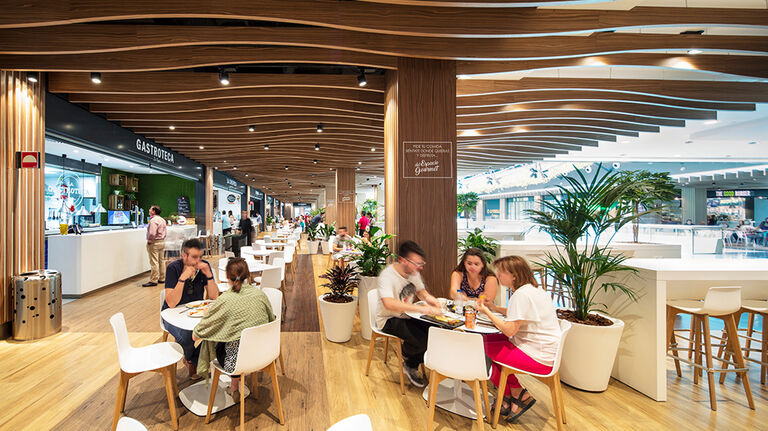
Tell a story
Any mall needs to have its own clear sense of place that differentiates it from its competitors and one that is rooted in its context i.e. meaningful and resonant to its customers. It provides the “wrap around” for retailer brands, place to visit.
Designers should ask themselves a number of questions before they design anything. Are they creating something socially and culturally relevant to the location? Does any new narrative complement or enhance the site and its history? These factors should influence aspects such as the materiality of the place, its texture and the characterisation built through signage, interior fixtures and fittings, and the external envelope of the building, its landscape setting and overall placemaking proposition.
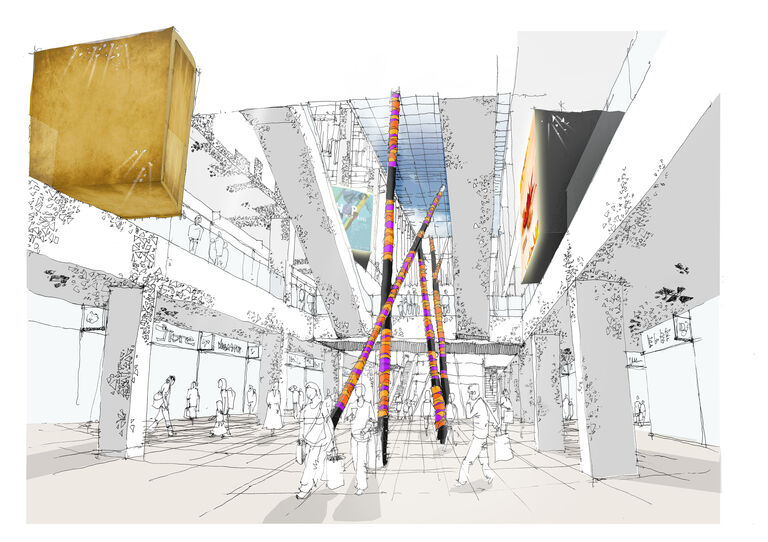
Once these considerations have been embedded in the design it is important that free movement is encouraged so that customers avoid ‘dead ends’ and enjoy a layering of choreographed experiences and activities. This builds a richness, with repeat visits revealing new and previously unseen aspects.
While retail might be the initial attraction to a location, it should not stop there. The development of “retail resorts” take this concept of “more than retail” to its conclusion. These sites have more in common with masterplans for mixed-use developments due to their scale and ambition. They combine retail with a range of uses so that people can fulfill all their leisure needs in one place. They are the complete expression of the new reality that entertainment is the new retail. We are enticed by the exciting and new and yet rooted in the need for authenticity and the real.
Examples include the integration of exhibition and event venues, aquariums, theme parks, cinema, dining and a mixture of retail formats including markets, boutique and big box, on one site.
At this scale, the possibilities for developers expand exponentially in cementing that special place within the collective consciousness of their target audience and delivering something that will have customers coming back and telling their friends and family about it.
